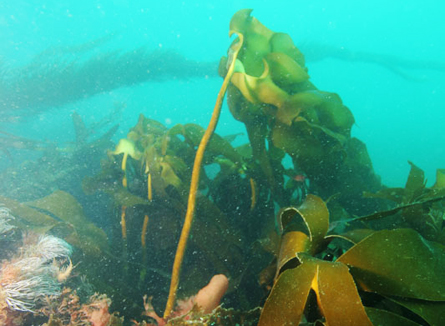- More than 2 years ago
The genetic blueprints of a type of seaweed may contain a map for building multicellular organisms, a new study suggests.

A brown alga called Ectocarpus siliculosus contains a family of proteins important in cell-to-cell communication, a critical task for any multicellular life, researchers dissecting the seaweed’s complete genetic makeup report in the June 3 Nature. This type of seaweed is an important model organism for studying the evolution of multicelled organisms.
Animals and green plants — which have a distinct evolutionary history from seaweed — also contain the communication proteins, known as receptor kinases. Notably, the brown algae, plants and animals all evolved the intercellular chat system separately, says J. Mark Cock, a geneticist and developmental biologist at the French national research center, CNRS, biological station in Roscoff, France, who led the study. That finding could indicate that the communication system is an important evolutionary step in the transition from single-celled organisms to multicellular ones.
Secrets to living in changing tidal environments, where brown algae attach themselves to rocks, can also be found in the genes of the seaweed, the researchers say. For instance, the brown algae have a collection of 53 genes encoding light-harvesting proteins and can make compounds that help protect against UV light, a potential hazard in ebbing tides.
The new genome study also reveals that the seaweed contains proteins that may help detoxify iodine and other compounds that kelp — larger types of brown algae — use as defenses against microbes and parasites. The detoxifying proteins could enable the seaweed to live on the kelp and other types of brown algae.






